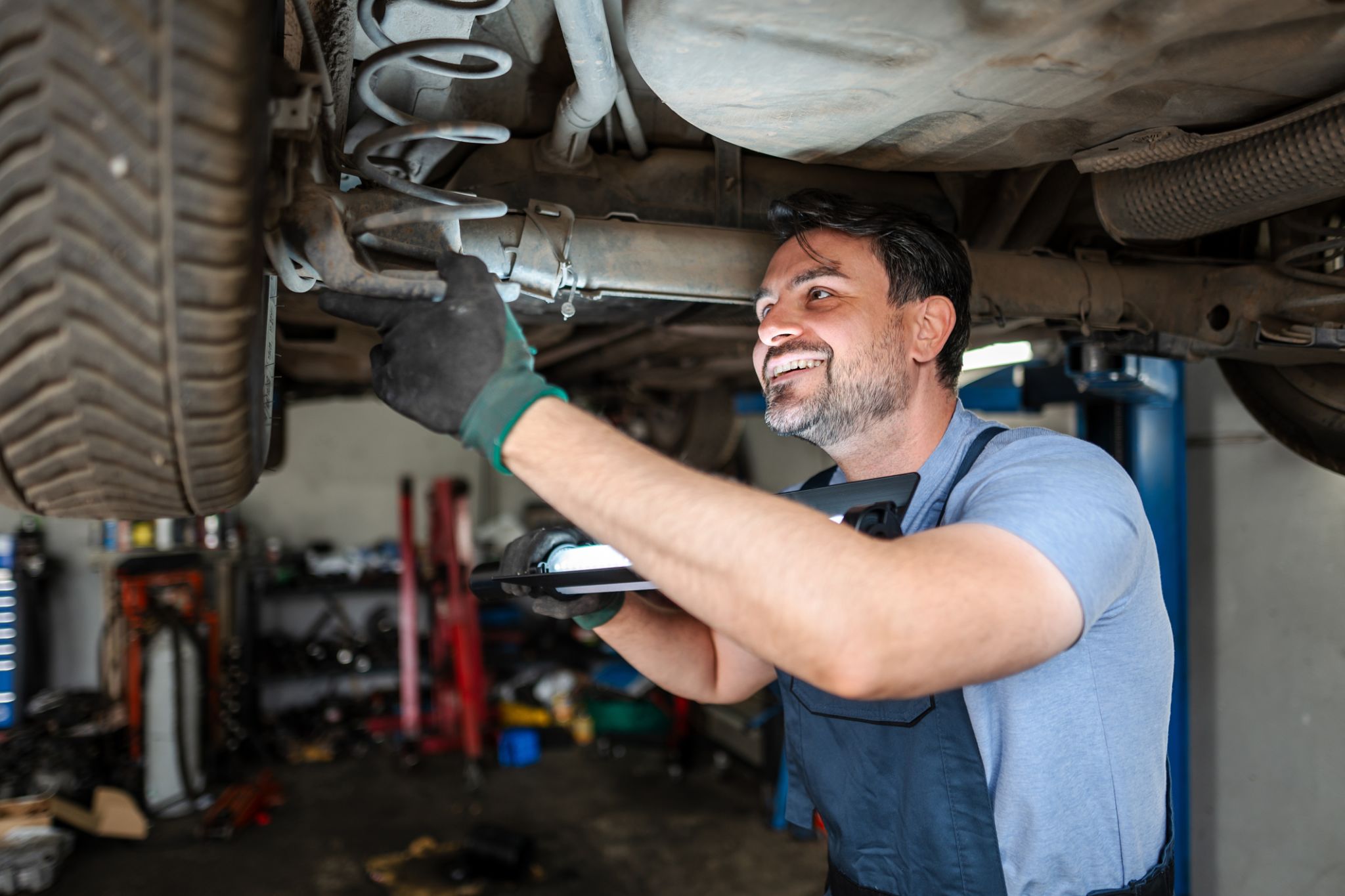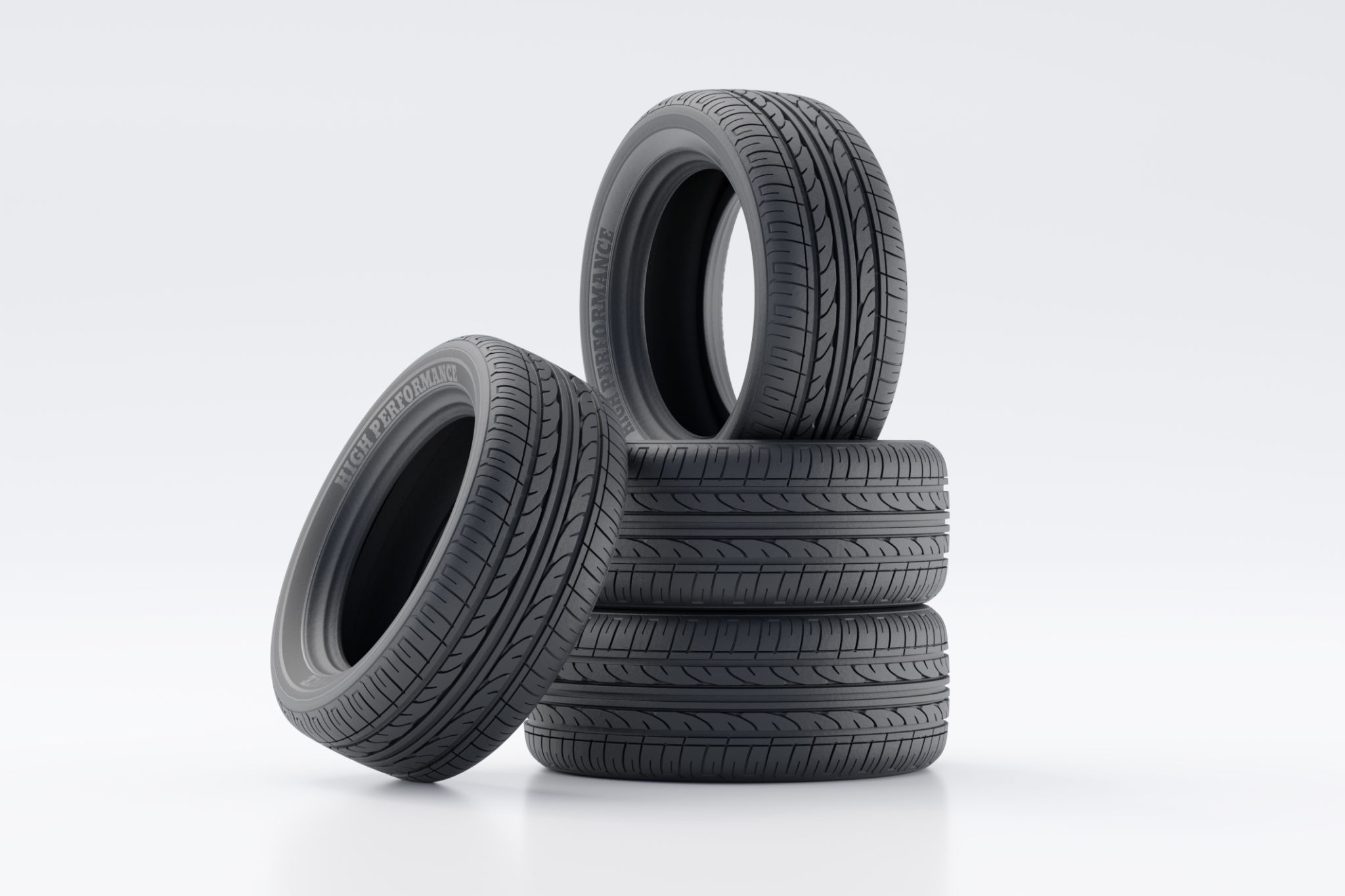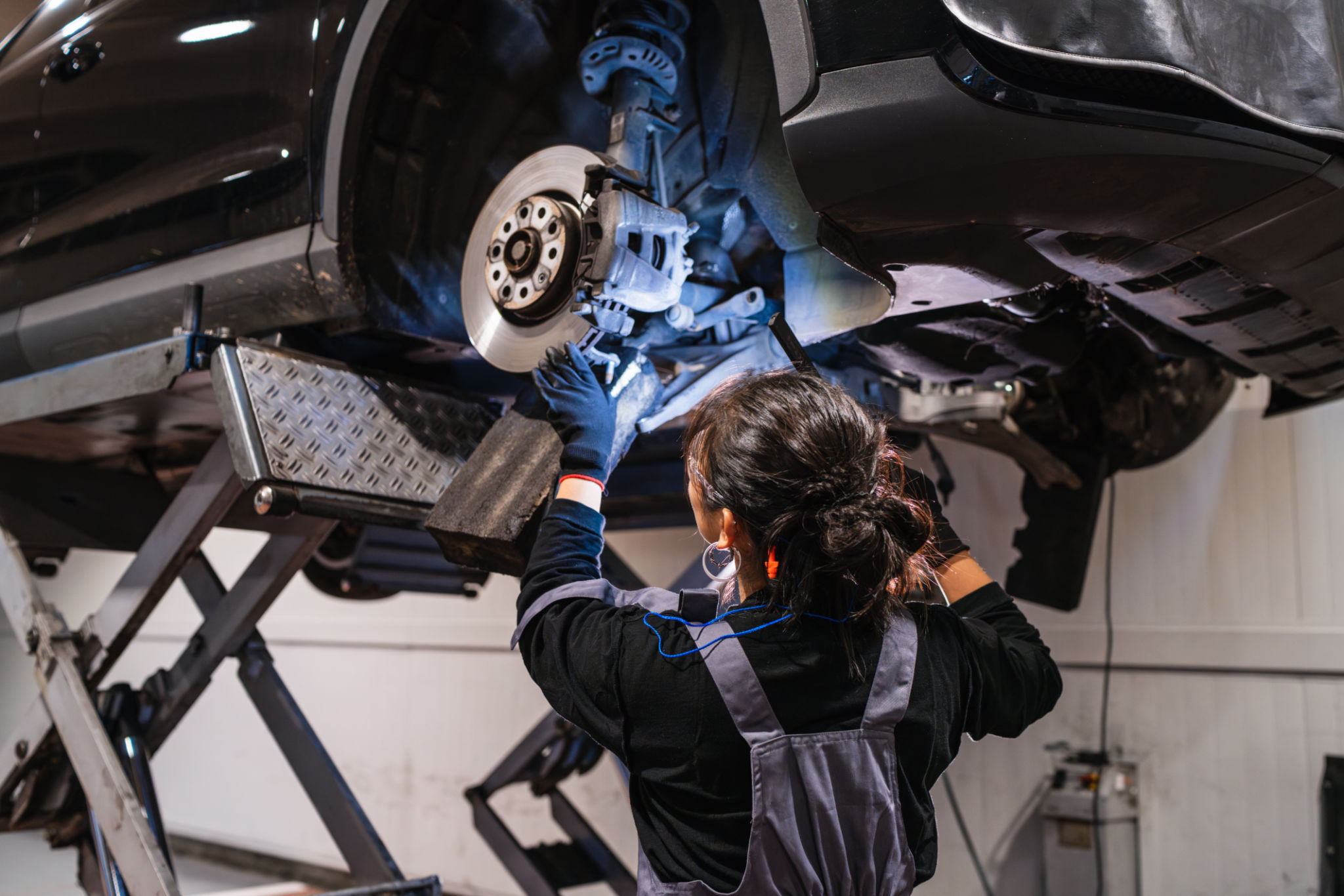How to Identify and Fix Common Suspension System Problems
Understanding the Basics of a Suspension System
The suspension system in your vehicle is crucial for ensuring a smooth and comfortable ride. It is responsible for maximizing the friction between the tires and the road, providing steering stability, and supporting the weight of the vehicle. Recognizing when your suspension system is malfunctioning can save you from costly repairs and dangerous driving conditions.

Signs of Suspension System Problems
Unusual Noises
If you hear clunking, knocking, or squeaking noises coming from your vehicle, it may be a sign that your suspension system is in need of attention. These sounds often indicate worn-out components that need to be replaced.
Uneven Tire Wear
Inspecting your tires can provide valuable insights into the health of your suspension. Uneven tire wear is a common indication that your alignment is off or that there is an issue with your suspension system components. Keeping a regular check on tire conditions can help diagnose problems early.
Poor Handling and Steering
When your car feels like it's pulling to one side or if the steering feels loose, it could signal a problem with the suspension. Poor handling, especially around corners, can be dangerous and should be addressed promptly.

Diagnosing Suspension Problems
Bounce Test
A simple bounce test can give you a quick indication of your suspension’s condition. Push down hard on the front or rear of your vehicle and observe how it reacts. If it bounces more than two or three times, it might be time to have your shocks or struts checked.
Visual Inspection
Performing a visual inspection can help identify obvious issues such as damaged or leaking shock absorbers, broken springs, or worn-out bushings. Look for any signs of oil or fluid leaks from the shocks or struts as these are clear indicators of wear and tear.

Steps to Fix Common Suspension Issues
Replacing Worn Shocks and Struts
Shocks and struts play a crucial role in maintaining ride comfort and control. If they are worn out, replacing them is essential. This task may require professional assistance unless you are experienced with automotive repairs.
Addressing Alignment Issues
Correct alignment is vital for safe driving and maximizing tire lifespan. If you notice your vehicle drifting or pulling, it's advisable to have the alignment checked and corrected by a professional mechanic.
Preventative Maintenance Tips
Regular maintenance can prevent many suspension problems from arising. Routine checks on tire pressure, alignment, and regular inspections of suspension components can help maintain optimal performance. Keeping up with these checks will ensure your vehicle remains safe and comfortable to drive.

